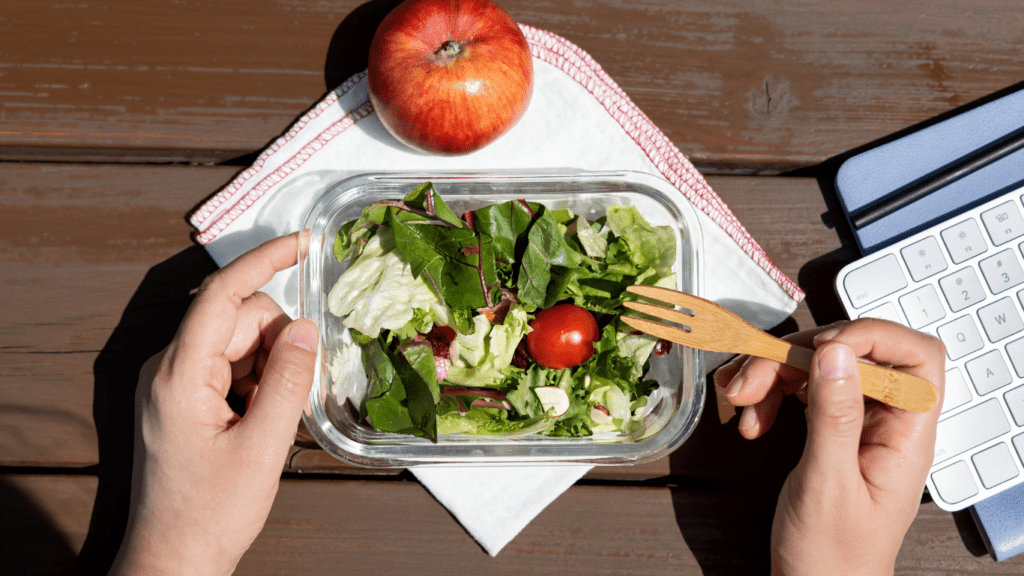Striking a balance between nutritious meals and budget constraints can be a challenging task for many families. As a parent myself, I understand the importance of providing wholesome food for my loved ones without breaking the bank. In this article, I’ll share practical tips and strategies to help families prioritize healthy eating while staying within a budget.
Navigating the grocery aisles with a focus on both health and savings doesn’t have to be overwhelming. From meal planning to smart shopping techniques, I’ll delve into simple yet effective ways to make nutritious choices affordable and accessible for your family. Join me as we explore how to optimize your grocery budget without compromising on the quality of the food you serve at the dinner table.
Understanding Healthy Eating on a Budget
As a parent looking to balance nutritious meals with budget constraints, I recognize the importance of understanding how to make healthy eating affordable for families. In this section, I’ll delve into why this topic matters for families and the key components of a healthy diet.
Why It Matters for Families
When it comes to feeding a family, ensuring everyone receives proper nutrition is essential for overall health and well-being. Healthy eating habits developed early in life can lead to long-term benefits, reducing the risk of chronic diseases like obesity, diabetes, and heart conditions. By prioritizing healthy eating on a budget, families can instill good habits in their children while also saving money on healthcare costs in the future.
Key Components of a Healthy Diet
A healthy diet consists of a variety of nutrient-dense foods that provide essential vitamins, minerals, and macronutrients. It’s essential to include a balance of fruits, vegetables, whole grains, lean proteins, and healthy fats in your family’s meals. By incorporating these key components into your daily menu, you can ensure that everyone is getting the necessary nutrients for optimal health and well-being.
Planning Your Grocery Budget
As a parent looking to balance nutritious meals with budget constraints, I understand the importance of planning your grocery budget effectively. By setting clear financial goals and allocating your funds wisely, you can ensure that your family eats healthily without overspending.
Setting Financial Goals
In order to prioritize healthy eating while staying within your budget, it’s crucial to establish specific financial goals for your grocery spending. Start by determining how much you can afford to allocate to food each month. Consider factors like income, other expenses, and savings objectives when setting this budget.
Allocation for Different Food Categories
Once you have a total grocery budget in mind, break it down into different food categories to ensure balanced and nutritious meals. Allocate a portion of your budget to fresh fruits and vegetables, lean proteins, whole grains, and dairy products. By dividing your budget strategically, you can prioritize essential food groups while avoiding overspending on less nutritious items.
Tips for Healthy, Budget-Friendly Shopping
When it comes to maintaining a healthy diet while on a budget, there are several strategies that can help families make the most of their grocery trips. Here are some effective tips to ensure nutritious eating without breaking the bank.
Seasonal Buying
Opting for seasonal produce can be a game-changer when it comes to saving money on groceries. Seasonal fruits and vegetables are often priced lower due to higher availability, making them a cost-effective choice for families looking to eat healthily without overspending. By planning meals around seasonal produce, you not only cut costs but also enjoy the freshest and most flavorful ingredients in your dishes.
Bulk Purchasing and Its Benefits
Buying in bulk is a smart way to stock up on pantry staples while saving money in the long run. Items like rice, beans, oats, and pasta can be purchased in larger quantities at lower prices, helping you stretch your grocery budget further. Additionally, bulk purchasing reduces packaging waste, making it an eco-friendly choice for families looking to minimize their environmental impact. By incorporating bulk items into your meal planning, you can create wholesome and budget-friendly meals for the whole family.
Cooking Strategies That Save Money
When it comes to healthy eating on a budget, certain cooking strategies can significantly help families save money while still enjoying nutritious meals. Here are some key approaches to consider:
- Meal Prepping
Meal prepping is a fantastic way to save both time and money. By planning and preparing meals in advance, I can avoid last-minute takeout or convenience foods that are often more expensive and less healthy. This strategy allows me to buy ingredients in bulk, utilize them efficiently, and minimize food waste. Not only does meal prepping save money, but it also ensures that I have nutritious meals ready to go throughout the week. - Using Leftovers Wisely
Another excellent way to save money on food expenses is by using leftovers wisely. Instead of letting leftovers go to waste, I can repurpose them into new meals. For example, I can turn last night’s roasted vegetables into a flavorful stir-fry or use leftover chicken to make a hearty soup. By incorporating leftovers into new dishes, I not only save money by reducing food waste but also add variety to my meals without extra cost. It’s a win-win for my budget and taste buds.
Smart Choices When Eating Out
When it comes to dining out on a budget, choosing the right restaurants can make a significant difference. Opting for eateries that offer value meals or have budget-friendly options can help save money while still enjoying a meal prepared by someone else. Additionally, considering restaurants that provide healthy menu choices can contribute to maintaining a balanced diet even when dining out.
Choosing the Right Restaurants
I find that selecting restaurants with special deals or discounts can be a smart way to eat out on a budget. It’s great to look for places that offer promotions like kids eat free nights or discounted meals during certain times of the day. By taking advantage of these offers, I can enjoy a meal with my family without overspending.
What to Order
When dining out on a budget, it’s essential to consider the items on the menu that not only fit within your financial constraints but also align with your nutritional goals. Opting for dishes that include more vegetables, lean proteins, and whole grains can help make a meal more nutritious. Additionally, choosing water or other non-alcoholic beverages instead of sodas or sugary drinks can be a healthier and more cost-effective choice. By being mindful of both the cost and nutritional value of the items I order, I can make smarter choices when eating out while staying within my budget.
ABOUT THE AUTHOR:




